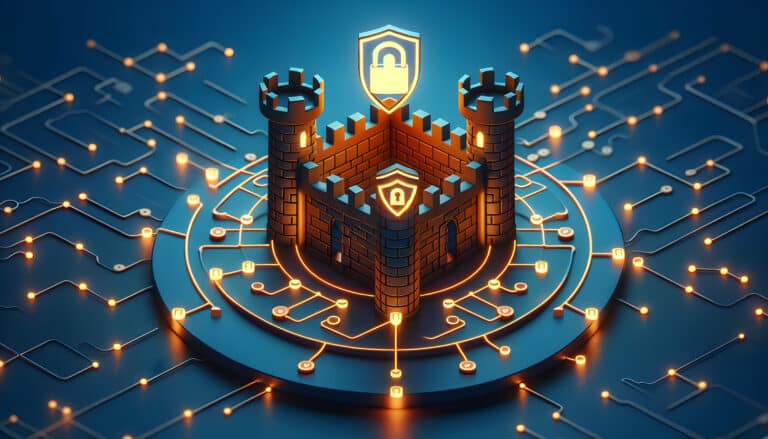

Explore the importance of regular cybersecurity drills for protecting your organization. AutoPhish trains your employees to handle real cybersecurity threats.
In the digital age, where data breaches and cyber-attacks are increasingly frequent and sophisticated, ensuring the security of sensitive information has never been more important. Companies of all sizes are at risk, making cybersecurity a critical priority. One effective strategy to bolster an organization’s defense against cyber threats is the implementation of regular cybersecurity drills. These exercises prepare employees to respond swiftly and effectively to real incidents and are critical to fostering a robust security posture.
Cybersecurity drills are structured simulations designed to assess and improve organizations’ responses to various cyber threats. These drills can take many forms, including tabletop exercises, where teams verbally walk through response steps to different scenarios, simulated phishing attacks to test employee vigilance, and full-scale penetration testing that explores the resilience of the organization’s physical and digital infrastructures. Each type of drill prepares and educates staff, from technical teams to executive leadership, ensuring everyone knows their role in safeguarding the company’s assets.
Conducting cybersecurity drills on a regular basis is crucial for many reasons. Firstly, they help maintain a high level of alertness among employees, making them less likely to fall prey to real cyber threats. Regular drills also enable organizations to identify and rectify vulnerabilities within their systems before malicious entities can exploit them. Studies have shown that companies that engage in periodic testing are significantly better at detecting and mitigating attacks quickly, minimizing potential damage.
Moreover, the ever-evolving nature of cyber threats makes continuous testing essential. As new types of attacks emerge, regular drills help ensure that an organization’s response strategies are current and effective against the latest threats.
For cybersecurity drills to be effective, they must be well-planned and inclusive. Realistic scenarios tailored to the specific threats the organization might face are critical. Including various departments and levels of management ensures that the entire organization remains prepared and aligned regarding cybersecurity protocols.
Post-drill feedback sessions are equally important. These debriefings help evaluate the drill’s effectiveness and provide critical insights into areas requiring improvement. This continual learning process is vital for refining the organization’s cybersecurity strategies.
While not explicitly mandated by regulations such as HIPAA in the United States or GDPR in Europe, regular cybersecurity drills represent a best practice in achieving compliance. These regulations require organizations to maintain robust security measures and remain prepared to respond effectively to data breaches. Regular drills ensure that security protocols are effective and staff are prepared, thus supporting compliance efforts. This proactive approach can help avoid legal penalties and enhance the organization’s reputation for safeguarding client and customer data.
Implementing effective cybersecurity drills involves several key steps:
One particularly effective form of cybersecurity drill involves simulated phishing attacks. Athreon’s AutoPhish solution is a standout tool in this domain, empowering organizations to run mock phishing simulations. These simulations are crucial for training employees to recognize and respond to phishing attempts, which are among the most common precursors to breaches.
While the benefits of cybersecurity drills are undeniable, some organizations face challenges in implementing them effectively. These can include limited resources, lack of expertise, or employee resistance to participating in drills. Solutions may involve:
Regular cybersecurity drills are essential for maintaining the safety and integrity of organizational data. Organizations can significantly enhance their defensive capabilities by preparing employees for actual incidents and continuously testing and improving response strategies.
Is your organization ready to handle today’s sophisticated cyber threats? Don’t wait for a cyber attack to find out. Contact Athreon today to learn more about AutoPhish and how it can help your company run effective mock phishing simulations, ensuring your employees stay prepared and your data is protected.